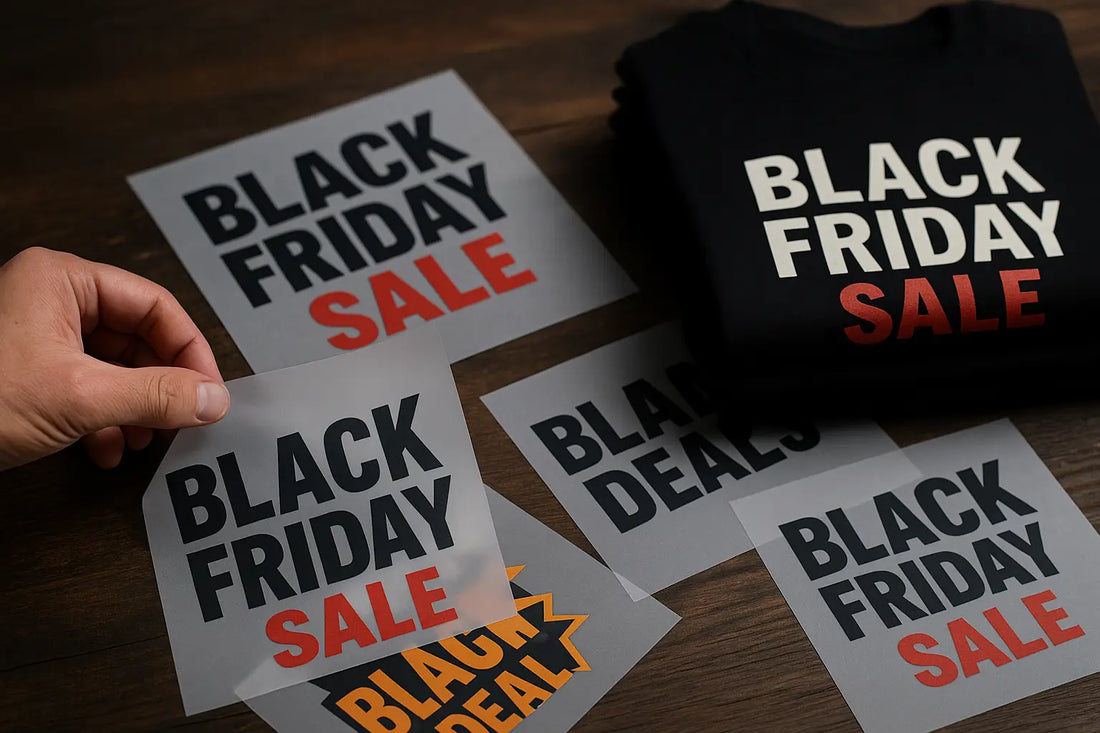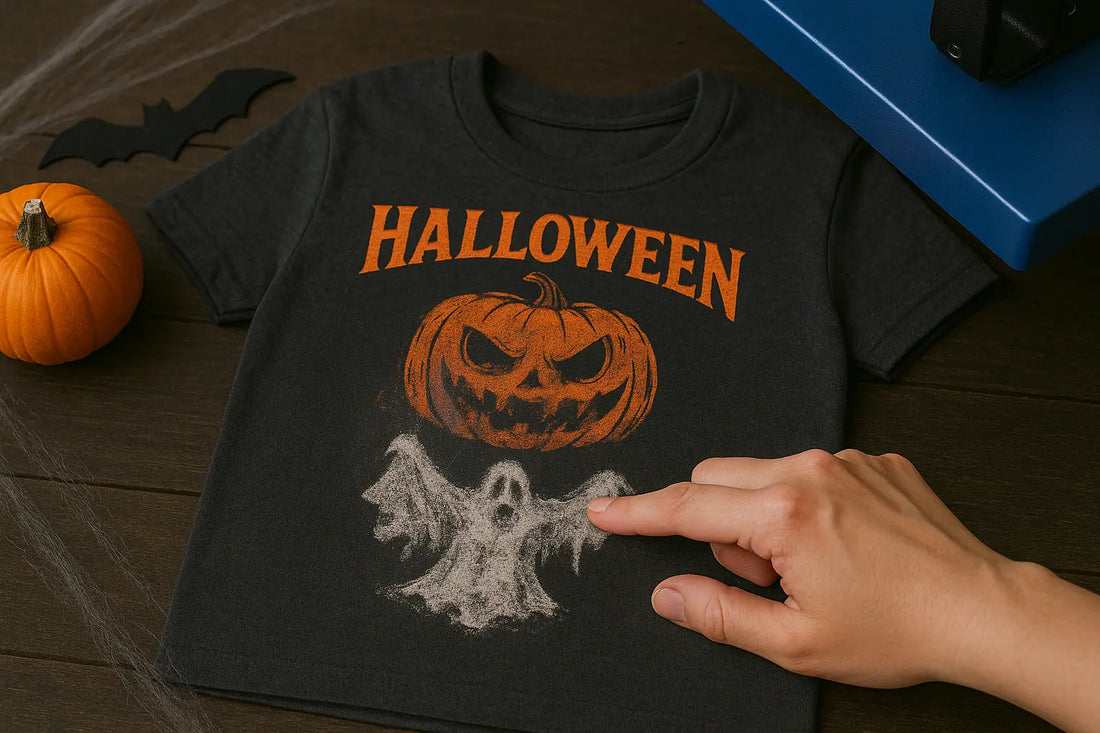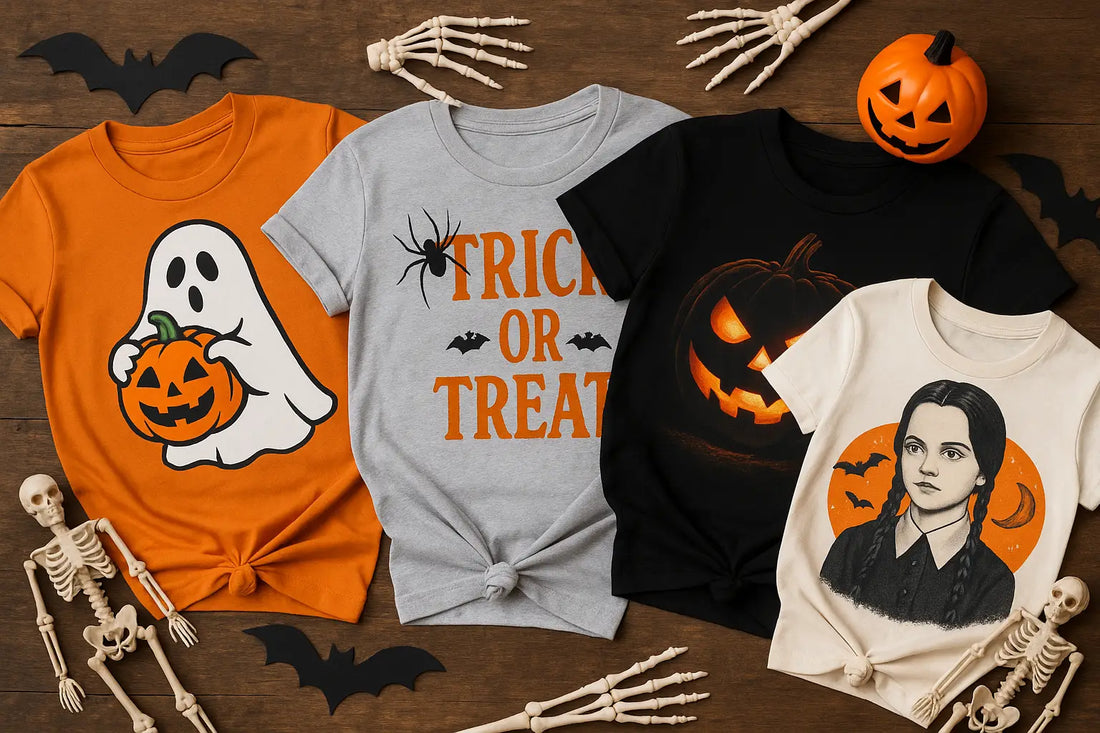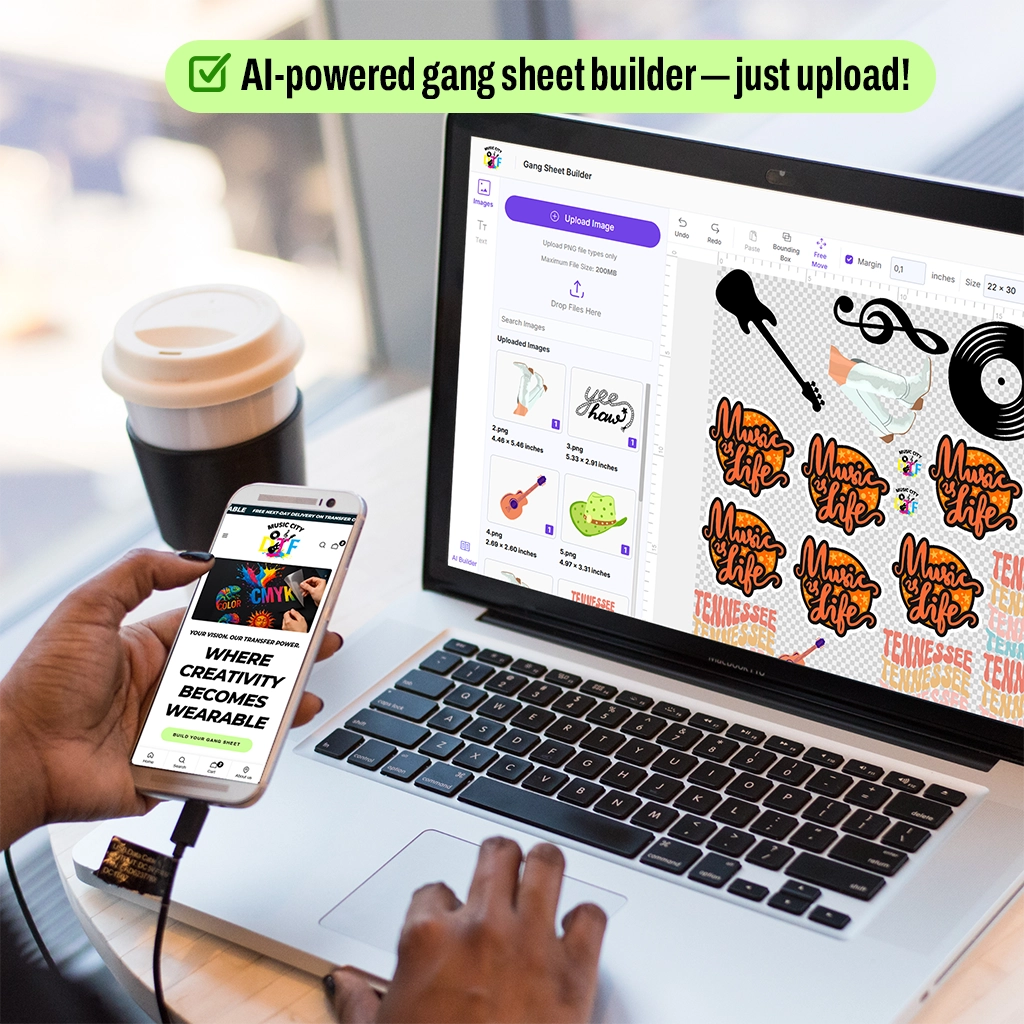Anyone who’s spent time in fashion knows the industry is always chasing the next big idea. You want a process that celebrates creativity, keeps costs in check and doesn’t harm the planet. I remember when DTF printing—short for direct‑to‑film—was considered a curiosity. Today, it’s a staple for labels large and small. You’ll spot pieces made by DTF printing fashion brands on New York runways, and you’ll find them hanging in boutique shops in Nashville. What changed? In short, many fashion brands switching to DTF discovered it ticks all the right boxes. At Music City DTF, we’ve been part of that shift, helping designers take advantage of this technology.
What makes DTF printing different?
If you’ve ever used an iron‑on transfer, you already understand the basics. We print a design onto a clear PET film, sprinkle a powdered adhesive over the wet ink and let it set for a few seconds under a heat press. Then we lay that film onto a garment and press again. The result is a vivid, detailed image with a soft hand feel. Because the image forms on the film, high‑resolution DTF prints for garments capture subtle gradients that screen printing can’t touch. There’s no pretreatment, no need to clean screens between colors and no messy setup. In other words, when you compare DTF vs conventional fashion printing, the digital approach wins for speed and flexibility.
What benefits does DTF offer to fashion brands?
Let’s talk about color and detail. Screen printing works well for bold graphics, but try printing a photograph and you’ll see its limitations. DTF is digitally driven, so you get smooth shading, sharp lines and rich hues in a single pass. That’s why many designers are taking runway fashion DTF printing seriously. We’ve printed on silk, velvet and leather for couture houses and have been amazed by the results.
Versatility is another reason for the switch. With DTF, we can decorate cotton tees, polyester jerseys, nylon hats and even shoes without swapping out equipment. Our clients love that the adhesive bond holds up through repeated washing; nobody wants a print that cracks after one wear. Plus, the economics make sense. Setting up a screen for each color drives up costs when you only need twenty shirts. DTF printing fashion brands face no minimums. That makes it perfect for small batches, custom orders and limited runs. It’s little wonder so many fashion brands switching to DTF have embraced it.
Finally, there’s the planet to consider. DTF is part of a broader move toward sustainable garment printing techniques. It consumes less water, produces less waste and, thanks to innovations like biodegradable inks and recycled films, supports a more eco‑friendly workflow. For labels that take their environmental commitments seriously, choosing eco friendly DTF printing for fashion feels like a natural step.
How does DTF compare with other methods?
We often get asked about the differences between DTF, screen printing and direct‑to‑garment (DTG) printing. Screen printing pushes ink through stencils; it’s fantastic for huge orders with simple graphics but less practical for complex art or small runs. DTG sprays ink directly onto fabric; it yields a wonderfully soft feel on cotton but is slower and dislikes synthetic fibers. DTF sits comfortably in the middle. It needs a film and powder adhesive, but once you’re set up, changing designs is as simple as opening a new file. In many cases, we recommend trying all three to see what fits your budget and aesthetic, but more often than not the digital film method ends up being the most flexible.
Why designers love DTF
Ask any artist why they love DTF and you’ll hear one word: freedom. Because there’s no limit on color counts or halftone gradients, the technology encourages experimentation. You can merge photography, illustration and typography without worrying that the print will come out muddy. That’s what we mean by fashion printing innovation with DTF. It removes technical constraints and lets the work speak for itself.
From runway to retail quickly
Another advantage is speed. DTF supports agile runway to retail printing workflows. We can print a transfer and press it onto a sample overnight, show that piece in a look book or at a presentation, then tweak the artwork if a buyer requests a change. Once the design is locked, the same file produces transfers for ready‑to‑wear collections. That agility helps brands meet demand without over‑producing, and it reduces the risk of sitting on unsold stock.
Personalization and limited editions
Shoppers love owning something special. With apparel personalization with DTF, adding a name, a lucky number or a unique colorway is as easy as editing a file. We’ve used it to create small runs of jerseys for local teams and limited edition fashion prints with DTF for collaboration drops. The lack of setup costs means you don’t need to order hundreds just to make the math work. And when a designer needs a handful of custom DTF apparel for designers for a photo shoot, we can deliver without any fuss.
Ideal for luxury textiles
If you work in high fashion, you know quality is non‑negotiable. DTF prints retain their vibrancy on silks, satins and velvets. The adhesive bonds deeply so the print won’t crack or peel, even on cashmere or leather. For a brand looking to release limited edition fashion prints with DTF on scarves or evening gowns, this method combines exclusivity with durability.
A look at sustainability
Consumers and brands are thinking harder about the lifecycle of their clothing. Traditional printing methods can use a surprising amount of water and chemicals, but DTF providers are adopting greener practices. Many now run energy‑efficient machines and recycle spent film. Certifications such as Oeko‑Tex and GOTS back up those claims. Choosing DTF for fashion industry production is one way to align your products with sustainable garment printing techniques without compromising on color or feel.
The future of fashion printing
Technology never stands still. In the coming years, we expect to see improvements in inks and films, more biodegradable materials and even greater compatibility with new fabrics. Personalization will remain a major trend as shoppers seek one‑of‑a‑kind items. For brands looking to innovate without taking on huge costs, fashion printing innovation with DTF offers a powerful mix of quality and flexibility.
Why partner with Music City DTF?
At Music City DTF, we’re proud to blend artistry with cutting‑edge tech. Our printers produce beautiful high‑resolution DTF prints for garments and accessories, whether we’re making a single prototype or an entire retail run. We care about the environment and use materials and processes that reflect that. Most importantly, we work closely with our clients—from the first sketch to the finished product. If you’re ready to explore how DTF can elevate your brand, let’s talk.





